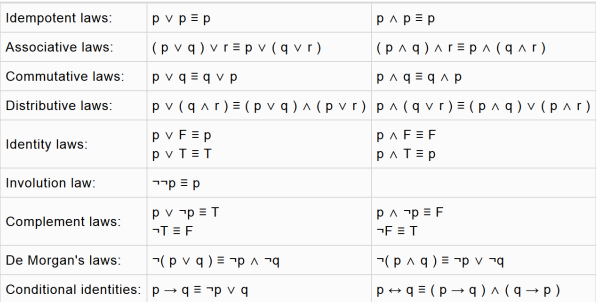Answered step by step
Verified Expert Solution
Question
1 Approved Answer
Show that each pair of these statements are logically equivalent by using propositional logic (use those in the Lecture 2 notes only). a) ( )
Show that each pair of these statements are logically equivalent by using propositional logic (use those in the Lecture 2 notes only).
a) ( ) and ( )
b) ( ) ( ) and ( )
c) ( ( )) and T

Step by Step Solution
There are 3 Steps involved in it
Step: 1

Get Instant Access to Expert-Tailored Solutions
See step-by-step solutions with expert insights and AI powered tools for academic success
Step: 2

Step: 3

Ace Your Homework with AI
Get the answers you need in no time with our AI-driven, step-by-step assistance
Get Started


